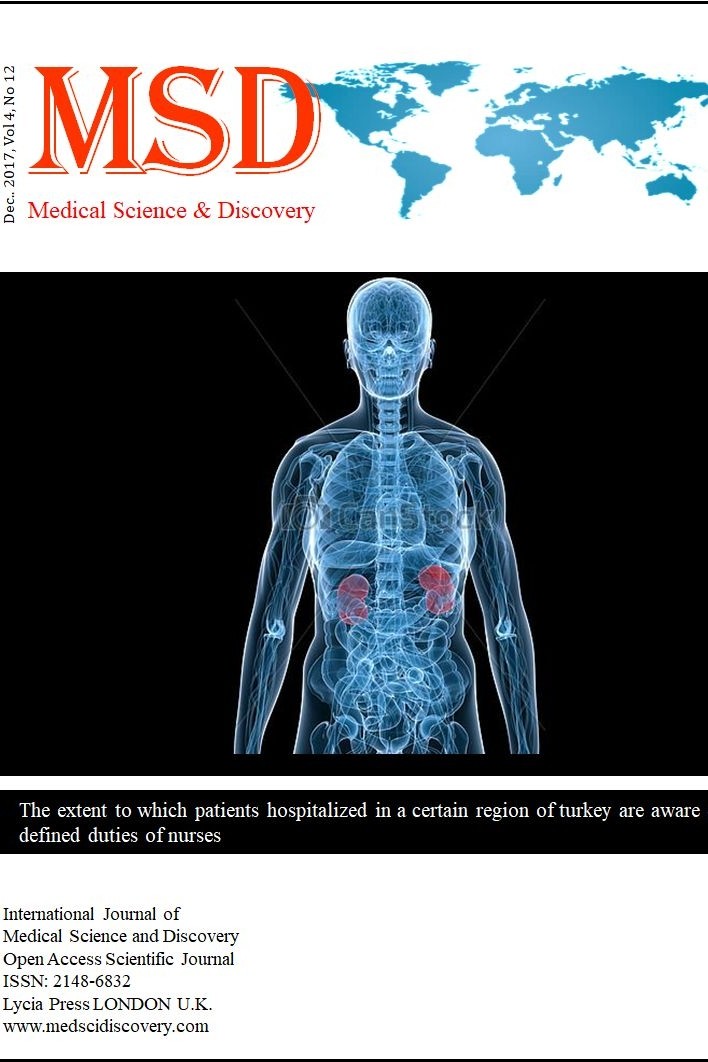The treatment of metastatic prostate carcinoma with BNCT in the ITU TRIGA MARKII reactor on rat model
The treatment of metastatic prostate carcinoma with BNCT in the ITU TRIGA MARKII reactor on rat model
Objective: The delivery of curative radiotherapy is commonly has the potential of serious side effects. These side effects still remain dose-limiting factor for external beam radiotherapy and as also curative treatment of prostate cancer (PCa). New treatment alternatives, such as BNCT, are investigated to eliminate these limitations and to improve the therapeutic efficiency of radiation on tumour cells including prostate cancer. In this study, we investigated the efficiency of BNCT application by using our novel 10B carrier that was called as 10B-DG on PCa using an in vivo mouse xenograft model. Material and Methods: PCa bearing Copenhagen rats (CRs) were used in this experimental animal study. A total of 12 CRs at the age of 2 months were used in this experimental animal study. MAT-LyLu PCa cells were injected subcutaneously into the peritoneal cavity of rats to create PCa model. The samples were divided into 4 groups: As, control, neutron irradiated, 10B-DG and 10B-DG + neutron irradiated group. 10BDG was administrated to tumour bearing rats and rats were exposed to 8.074 gy/hr thermal and epithermal. Tumour sizes were regularly measured by microtome and PET scan along 20 days. Results: The results have shown that the tumor growth were regressed just in 10B-DG + neutron irradiated group. In addition that, PET-CT scan results revealed that 18FDG uptake was stopped in the BNCT treated group due to metabolic inactivation of ablated tumor tisue. Conclusion: This study revealed that BNCT treatment can be successfully performed by using our novel 10B carrier 10BDG in the management of PCa. We suppose that this novel 10B carrier can take place as a safe and effective agent in routine clinical practice of BNCT.
___
- 1. Barth, R.F., Coderre, J.A., Vincente, M.G.H., Blue, T.E., 2005. Boron neutron capture therapy of cancer: current status and future prospects. Clincal Cancer Research 11, 3987–4002.
- 2. Corderre, J.A., Chanana, A.D., Joel, D.D., Elowitz, E.H., Micca, P.L., Nawrocky, M.M., Chadha, M., Gebbers, J-O., Shady, M., Peress, N.S., Slatkin, D.N., 1998. Biodis- tribution of boronophenylalanine in patients with glioblastoma multiform: boron concentration correlates with tumor cellularity. Radiation Research 149, 163–170.
- 3. Coderre JA, Morris GM. The radiation biology of boron neutron capture therapy. Radiation research. 1999; 151(1):1–18.
- 4. Uusi-Simola J, Savolainen S, Kangasmaki A, Heikkinen S, Perkio J, Ramadan UA, et al. Study of the relative dose-response of BANG-3((R)) polymer gel dosimeters in epithermal neutron irradiation. Physics in Medicine and Biology. 2003;48(17):2895-906.
- 5. van Rij CM, Wilhelm AJ, Sauerwein WAG, van Loenen AC. Boron neutron capture therapy for glioblastoma multiforme. Pharmacy World & Science. 2005;27(2):92-5.
- 6. Hopewell JW, Gorlia T, Pellettieri L, Giusti V, H-Stenstam B, Skold K. Boron neutron capture therapy for newly diagnosed glioblastoma multiforme: An assessment of clinical potential. Applied Radiation and Isotopes. 2011;69(12):1737-40.
- 7. Barth, R.F.; Soloway, A.H.; Brugger, R.M. Boron neutron capture therapy of brain tumors: past history, current status, and future potential. Cancer Investig. 1996, 14, 534–550.
- 8. Lu, D.R.; Mehta, S.C.; Chen, W. Selective boron drug delivery to brain tumors for boron neutron capture therapy. Adv. Drug Deliv. Rev. 1997, 26, 231–247.
- 9. Soloway, A.H.; Tjarks, W.; Barnum, B.A.; Rong, F.; Barth, R.F.; Codognic, I.M.; Wilson, J.G. The chemistry of neutron capture therapy. Chem. Rev. 1998, 98, 1515–1562.
- 10. Barth, R.E. A critical assessment of neutron capture therapy; an overview. J. Neuroncol. 2003, 62, 1-5.
- ISSN: 2148-6832
- Başlangıç: 2014
- Yayıncı: Zafer AKAN
